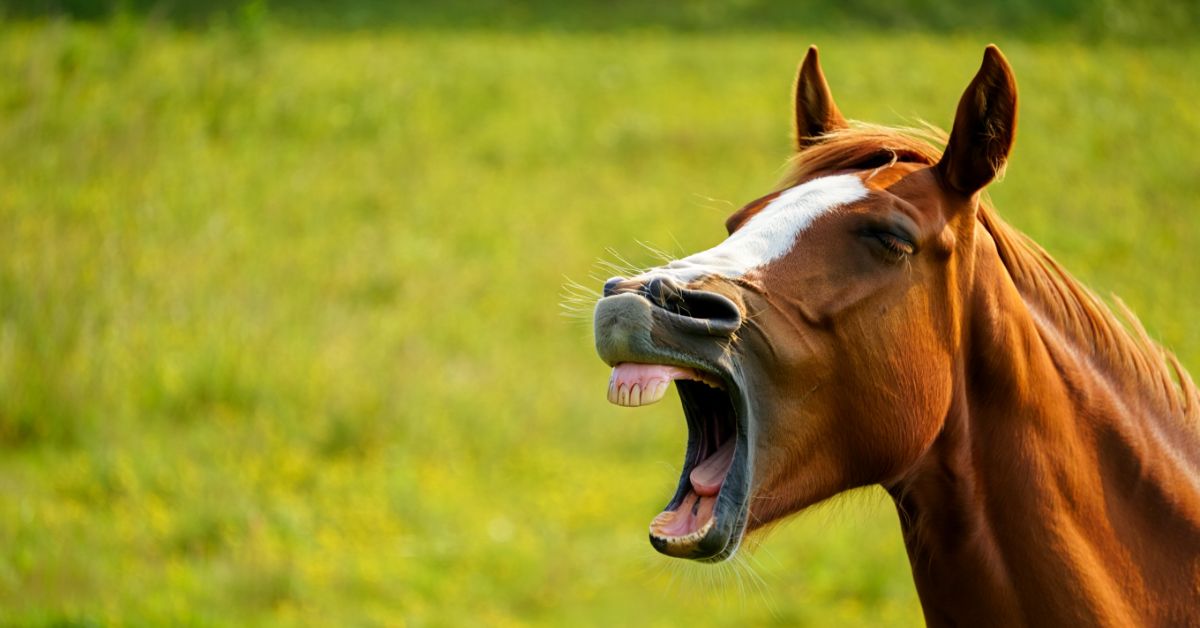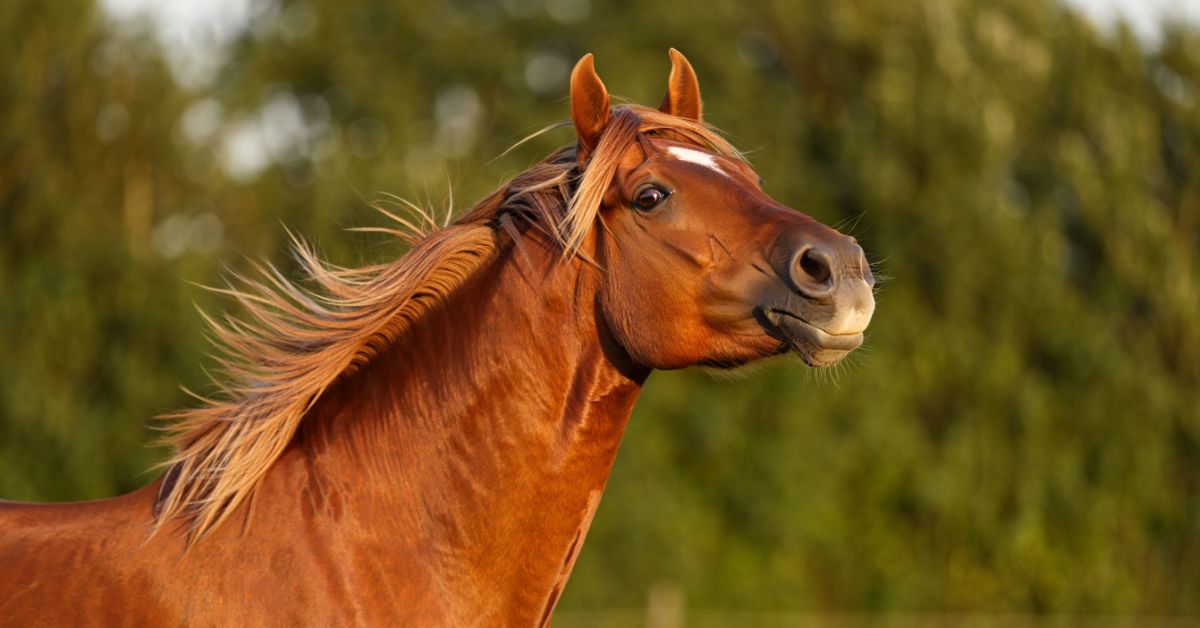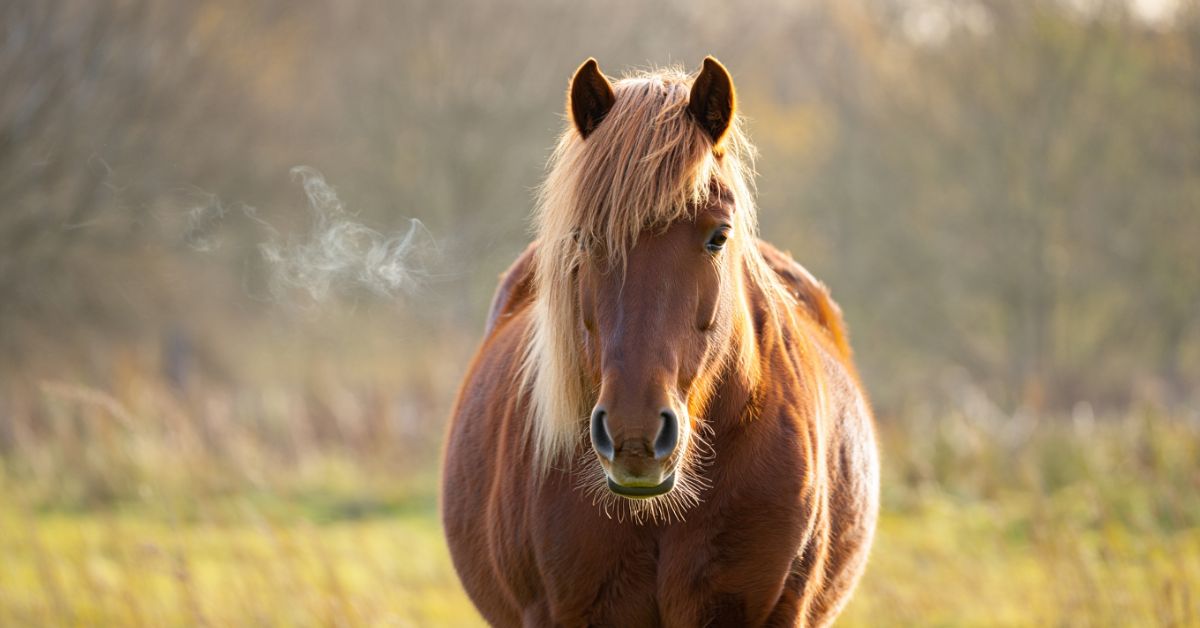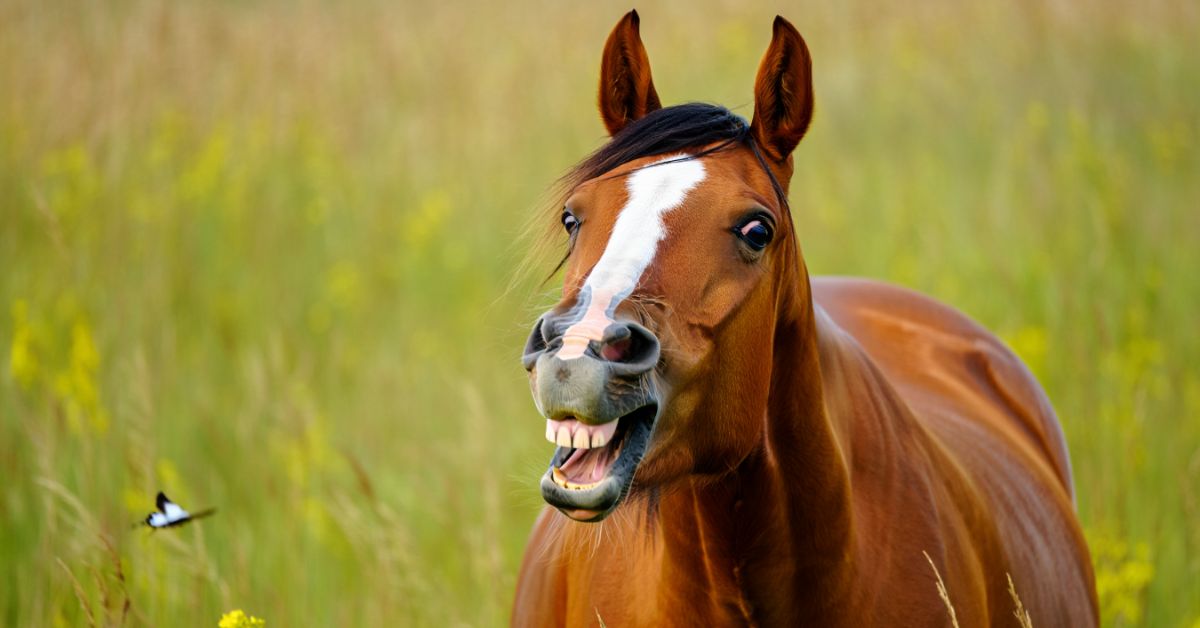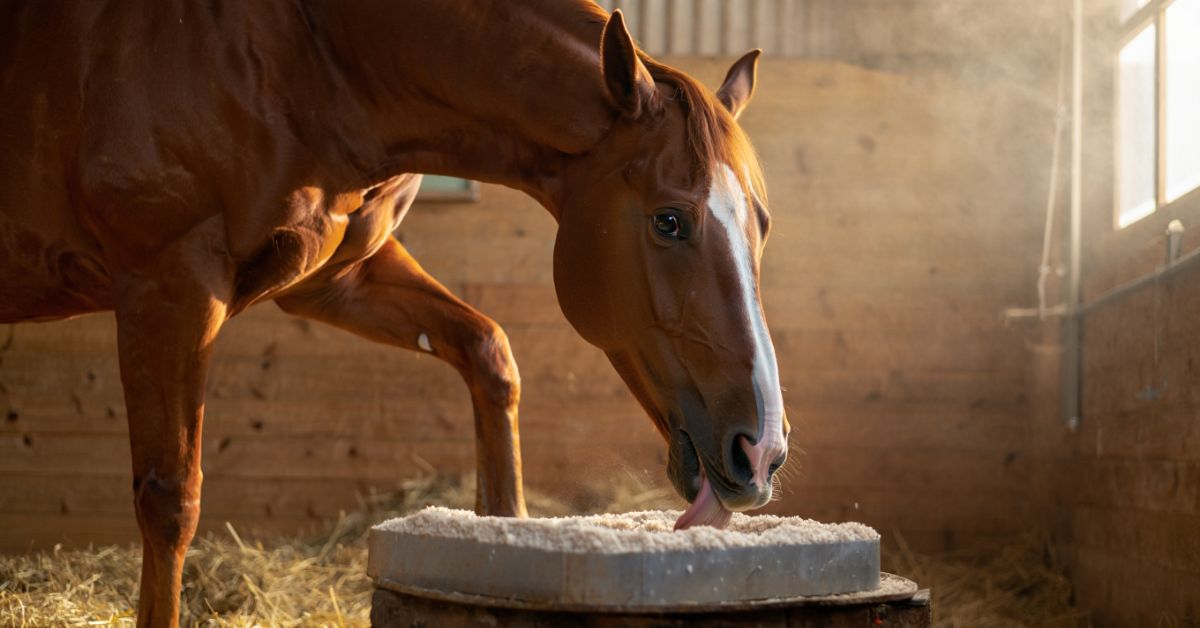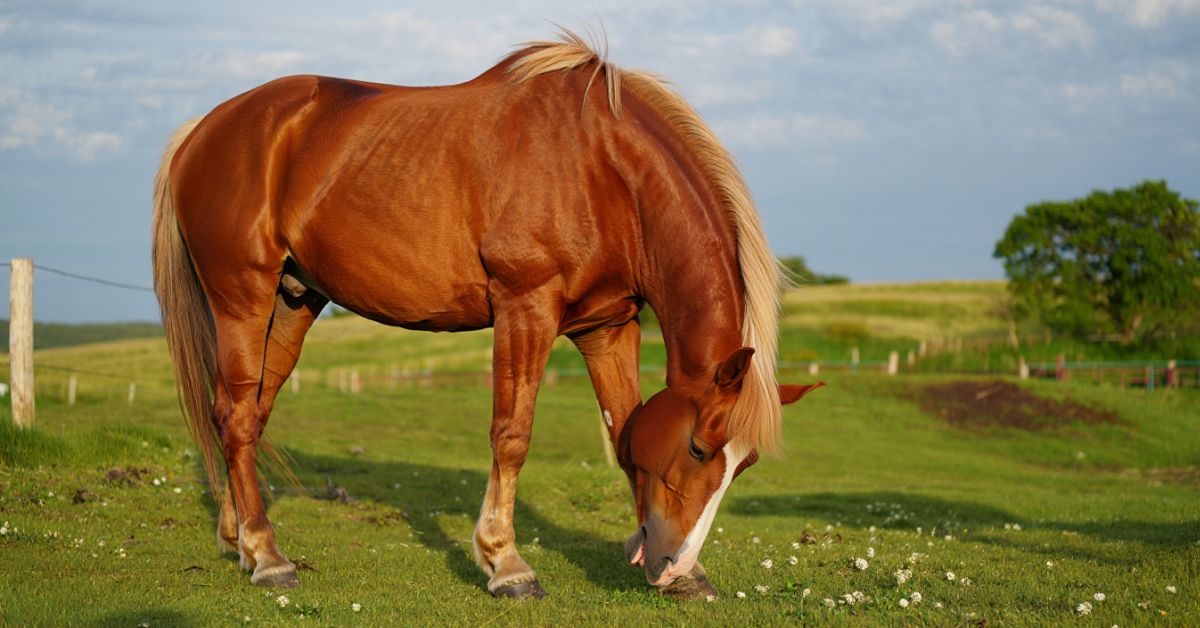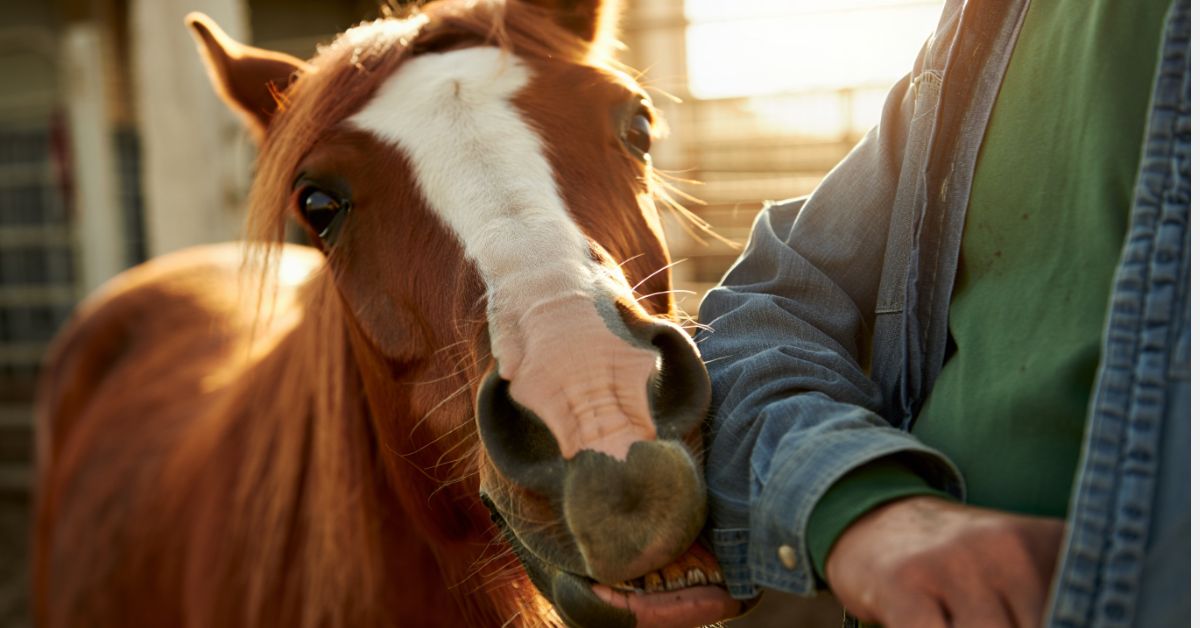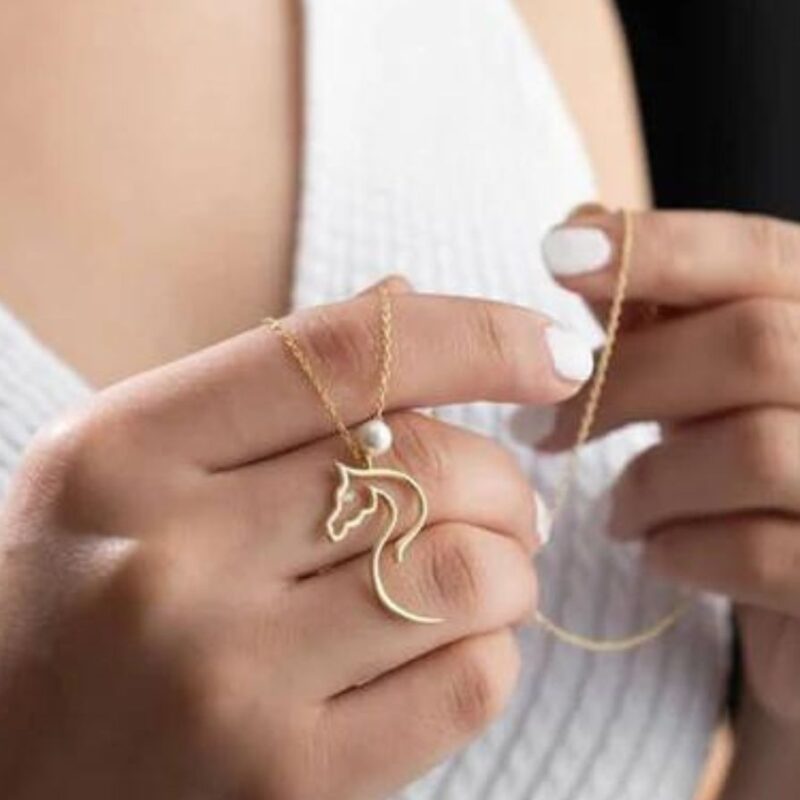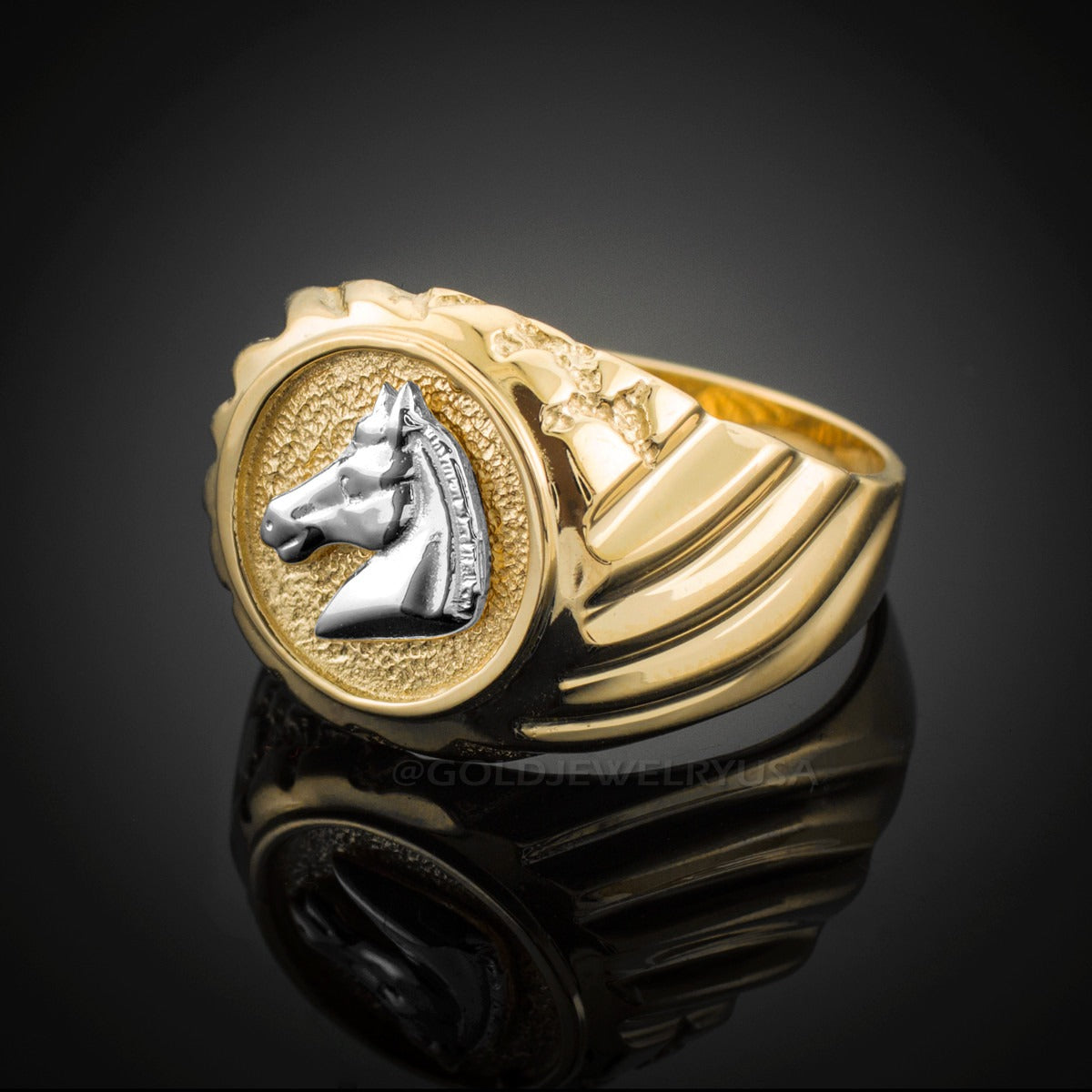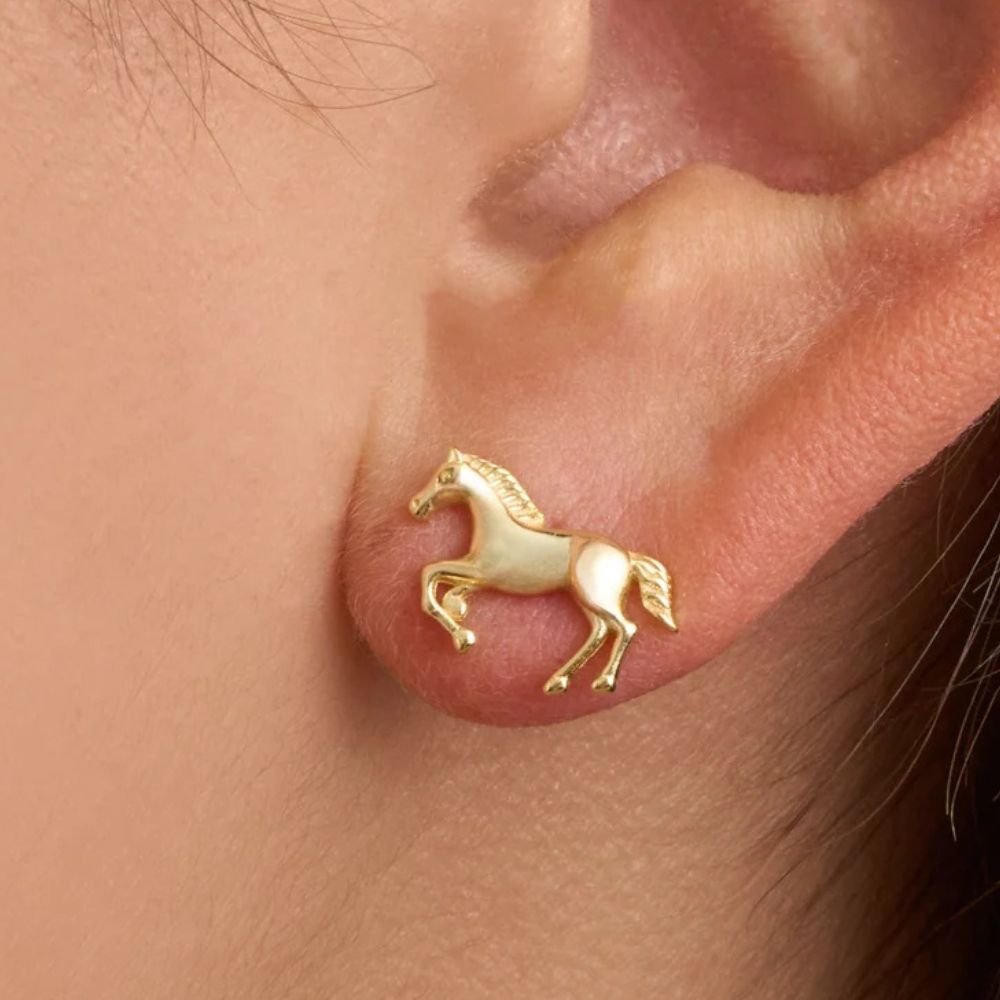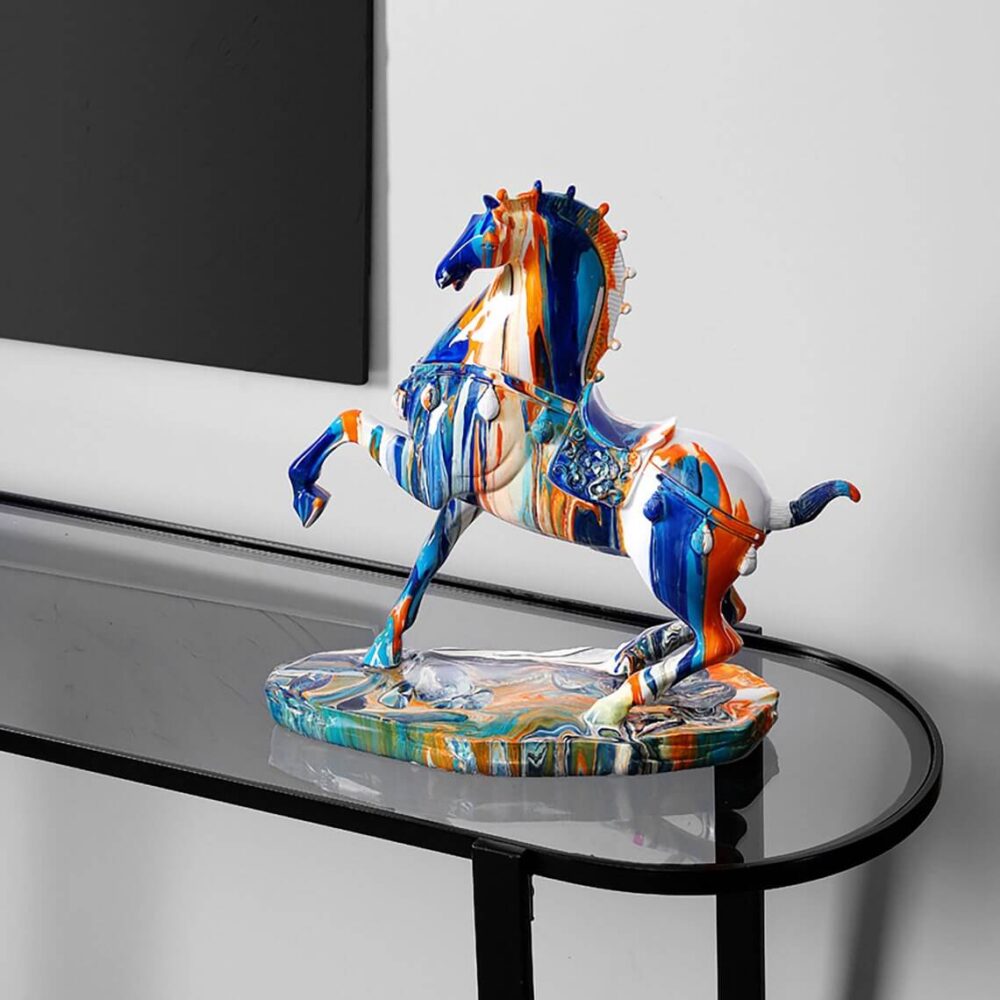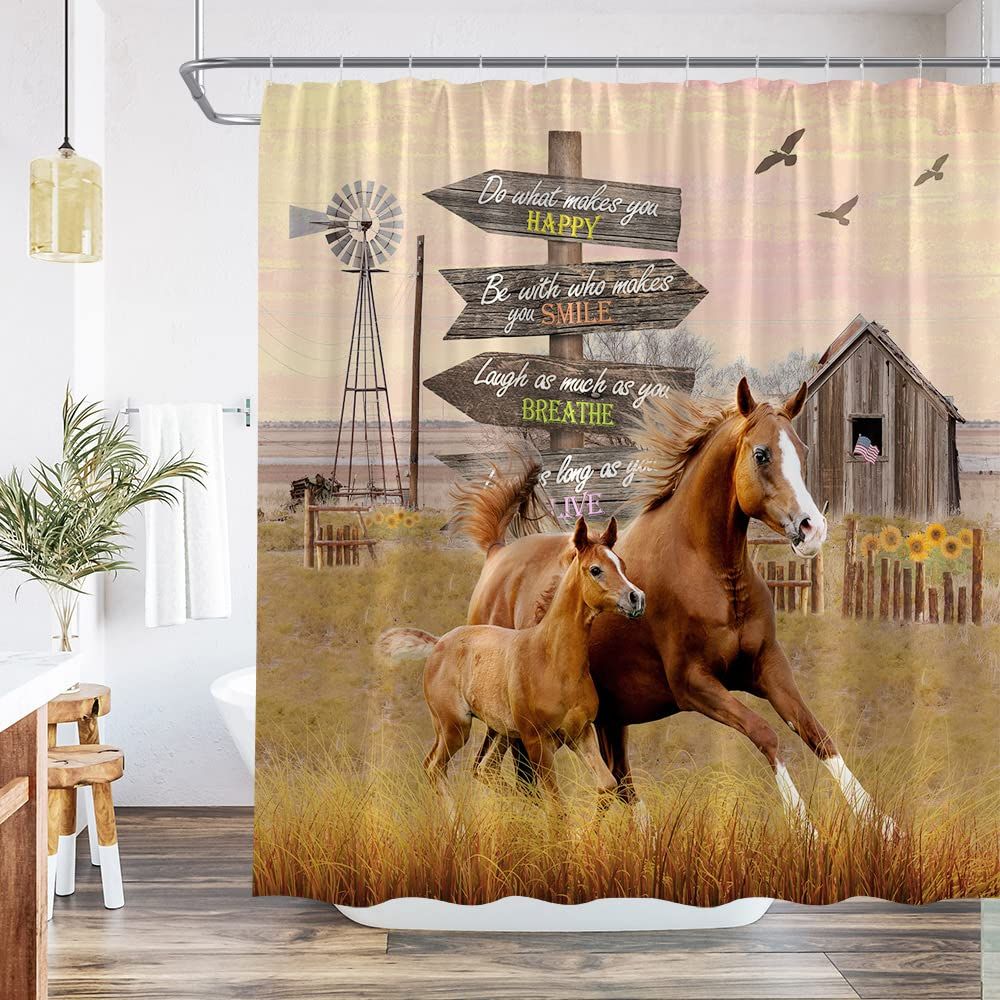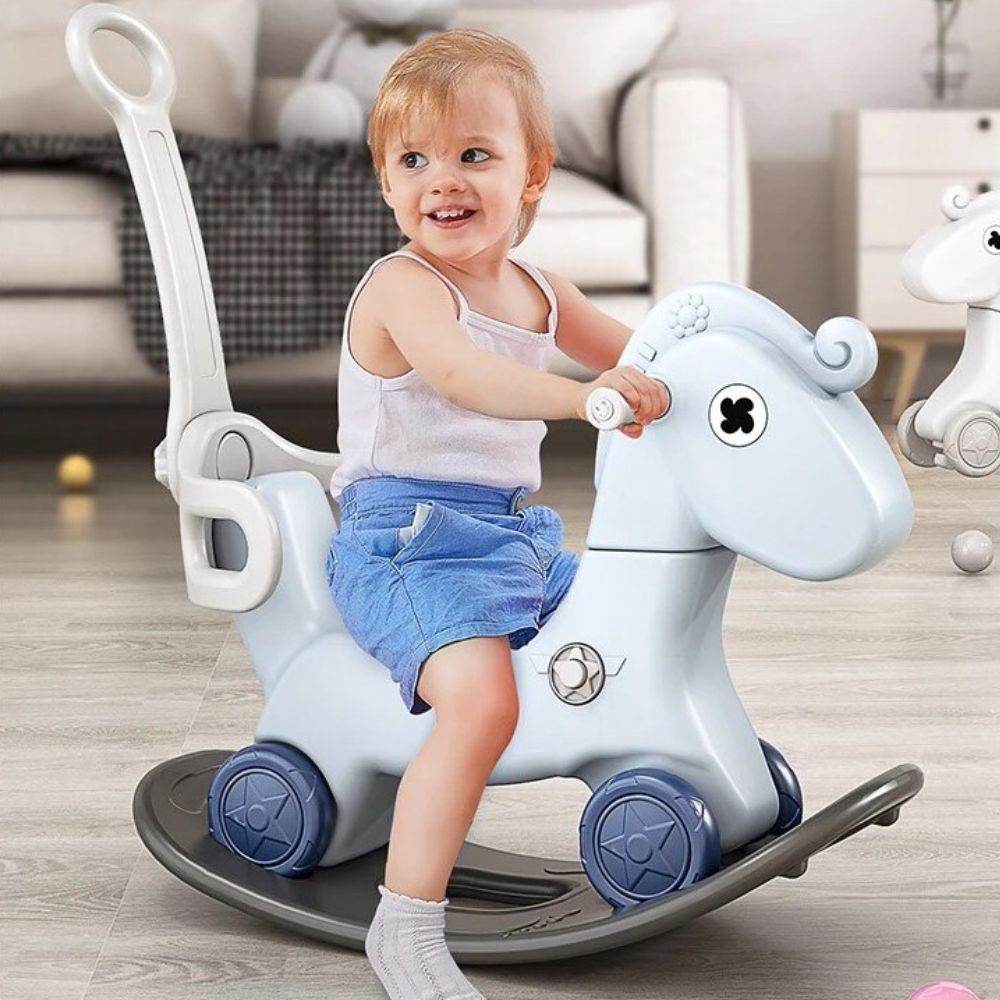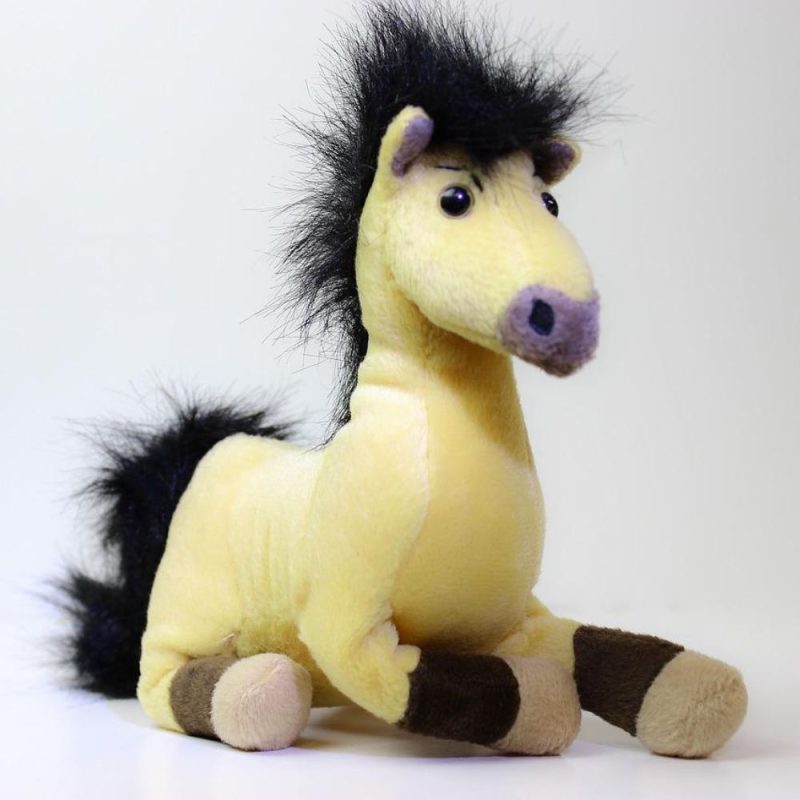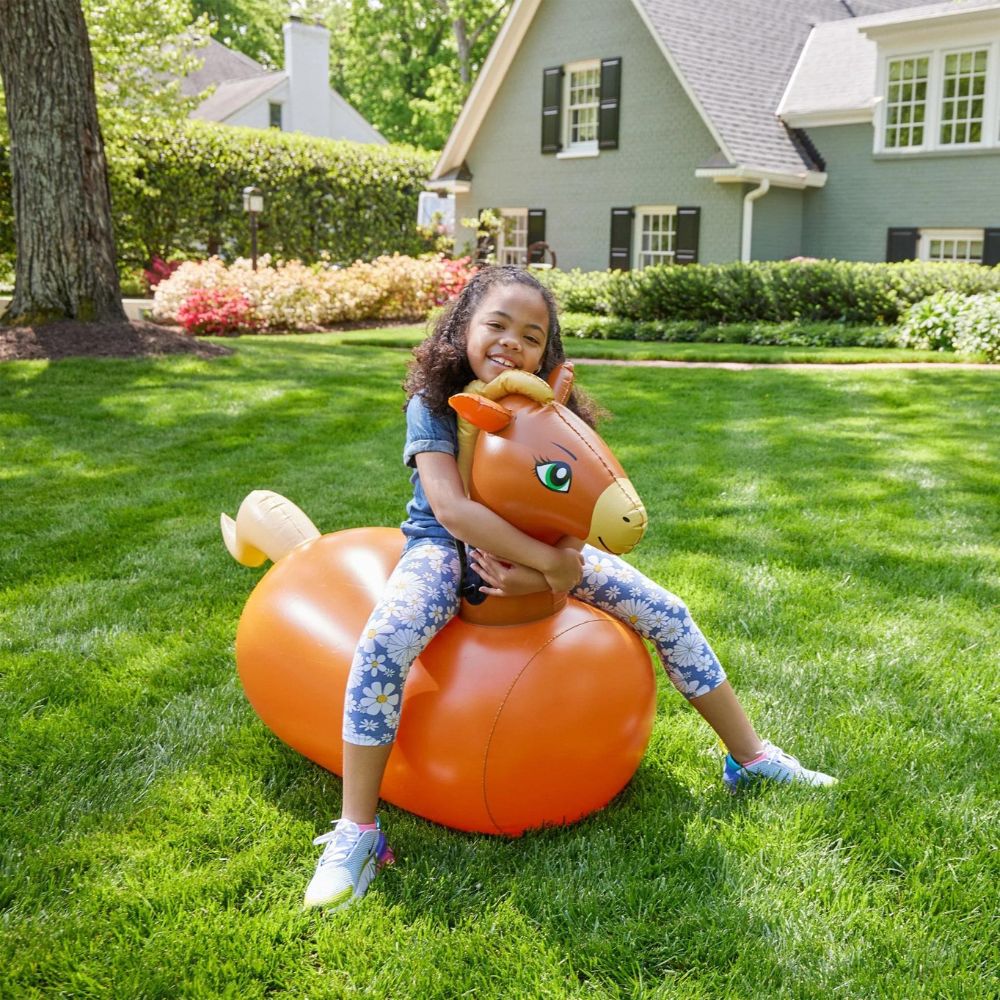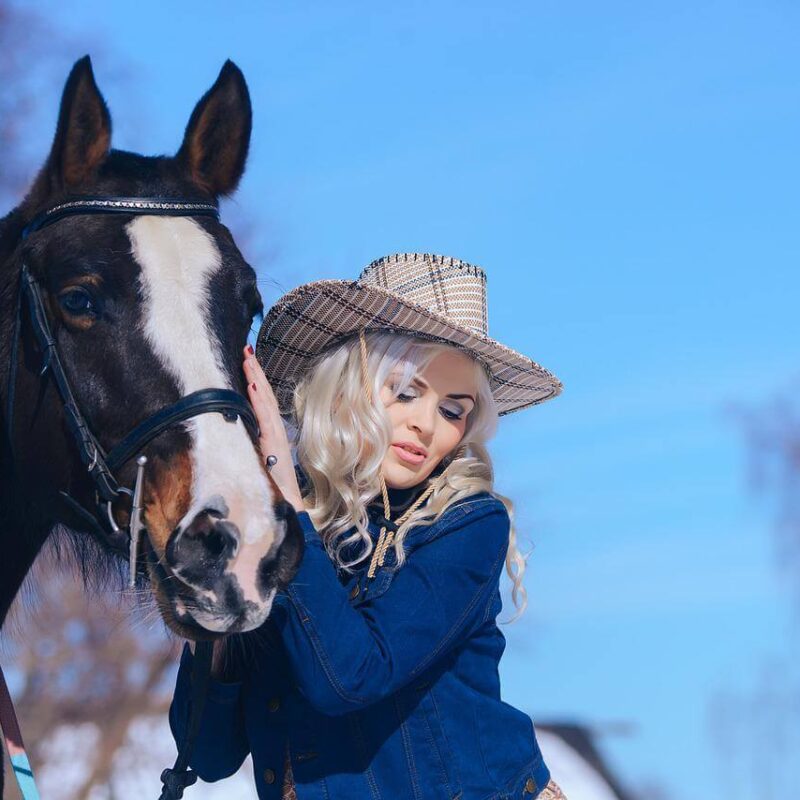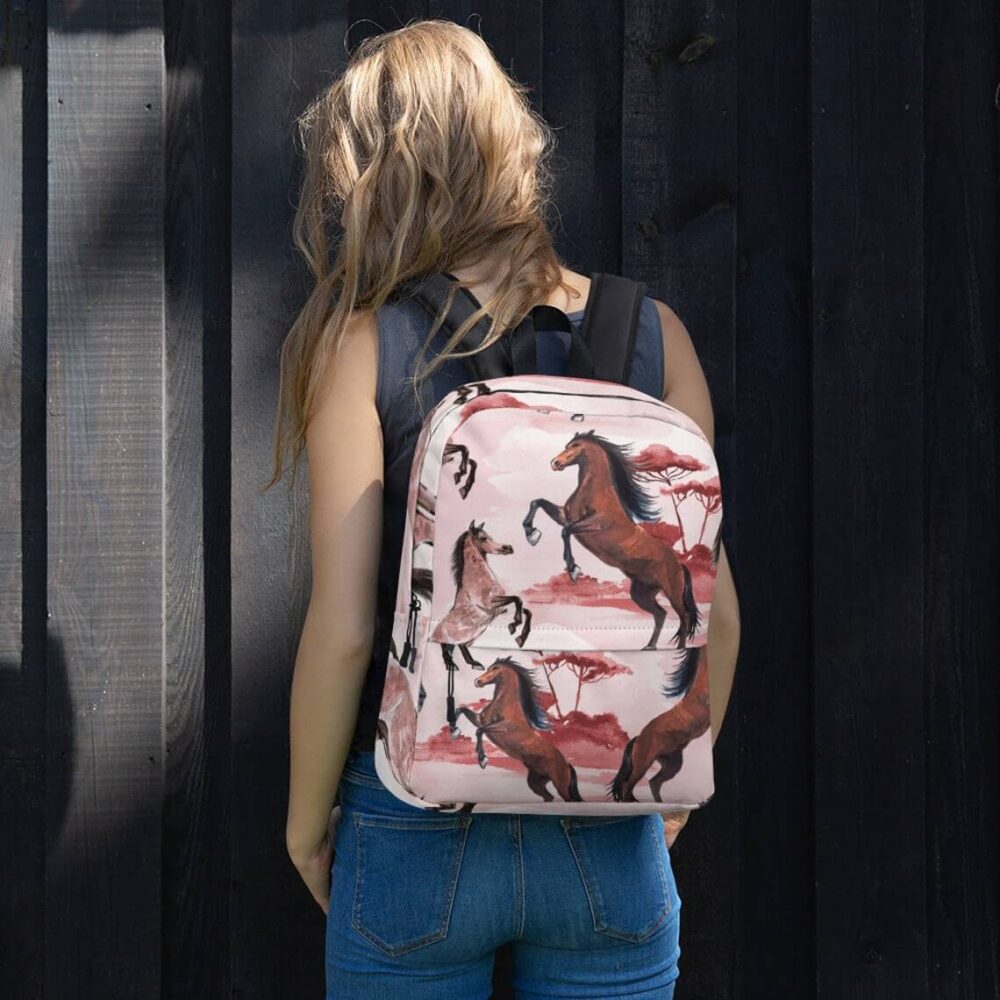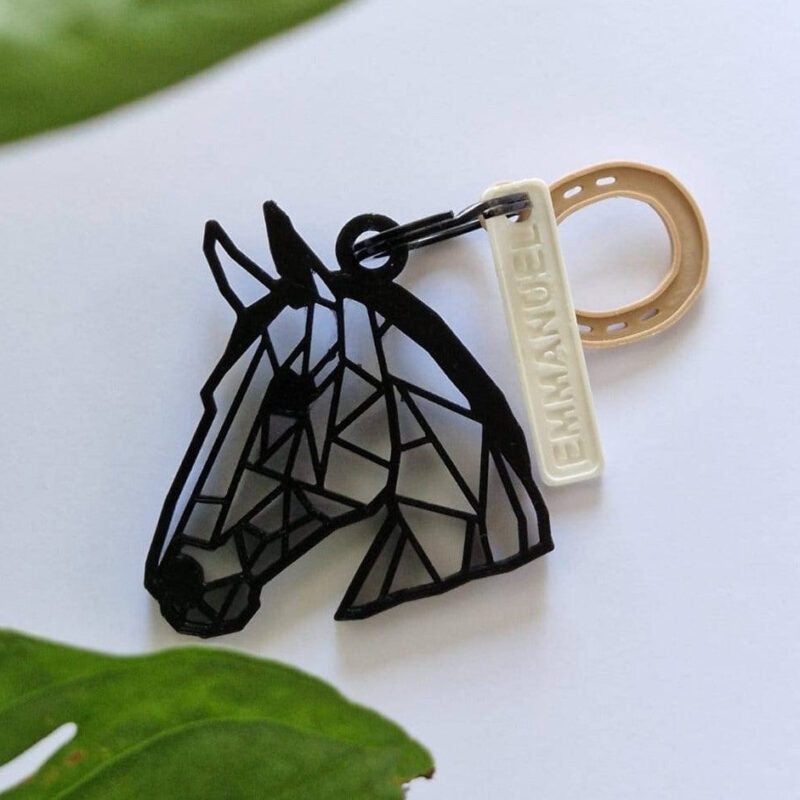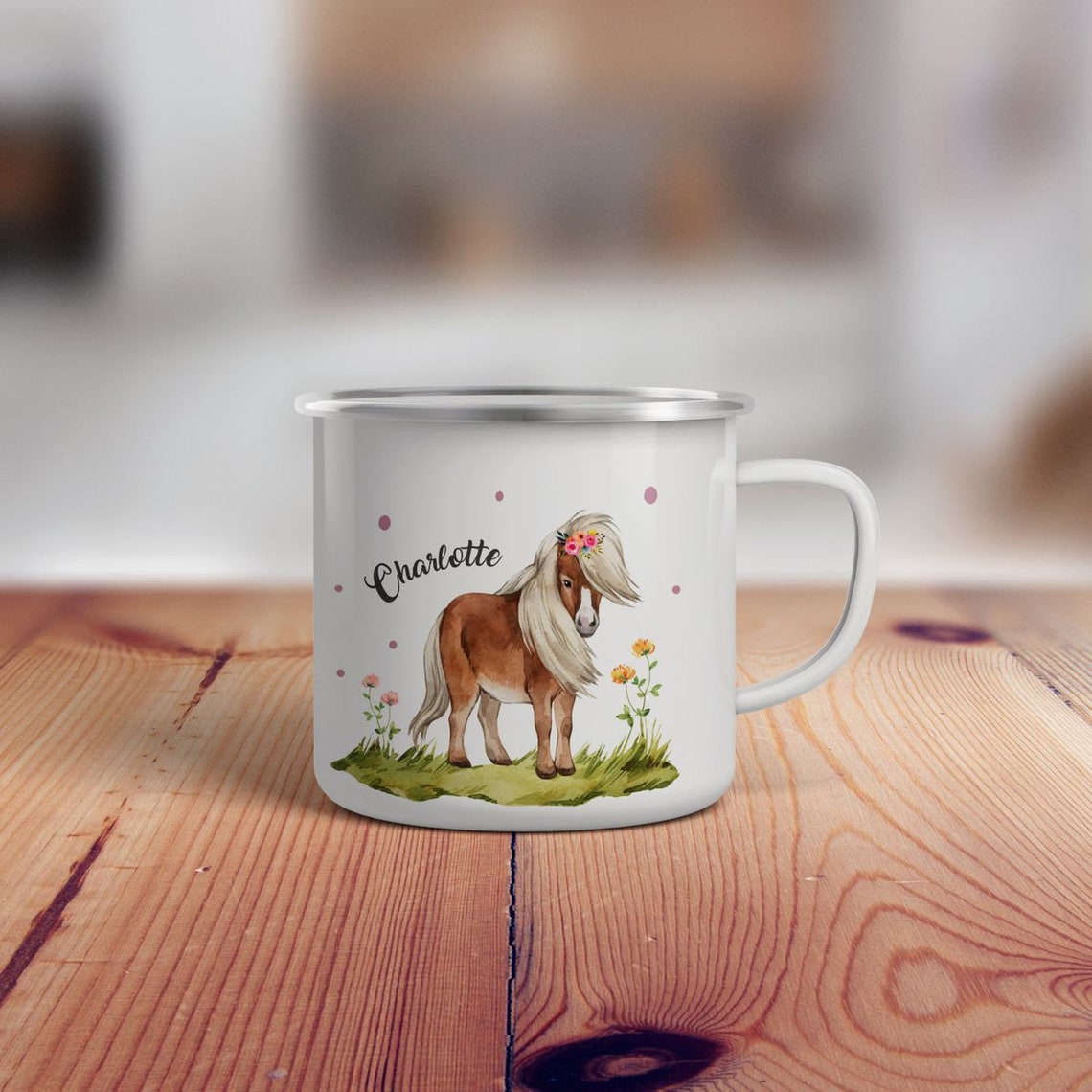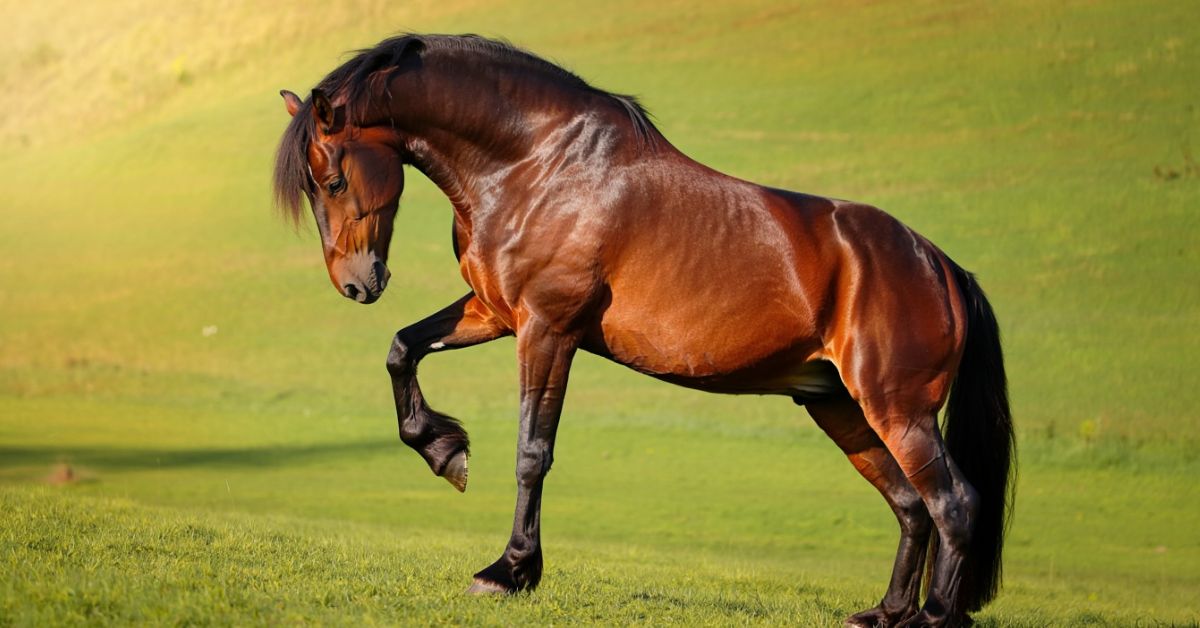
How to Teach a Horse to Bow: Your Complete Step-by-Step Guide
Whether you're looking to add some pizzazz to your riding repertoire or simply want to deepen your bond with your equine companion, teaching a horse to bow is one of the most rewarding tricks you can master together. This elegant gesture isn't just a crowd-pleaser at shows—it's a fantastic way to improve communication, build trust, and work on groundwork for bowing that benefits your overall horsemanship. In this comprehensive guide, we'll walk you through everything from the basics of horse trick training to advanced techniques that'll have your horse performing a perfect bow on cue. 🌟
Teaching a horse to bow involves gradually training your horse to lower its head and bend one front leg in a graceful, controlled movement that resembles a respectful bow. This impressive bowing trick for horses typically takes 2-4 weeks of consistent practice for most horses to master, though some quick learners might get it in just a few days while others need a couple of months. The key lies in using positive reinforcement horse training techniques, maintaining patience throughout the process, and ensuring both you and your horse stay safe during every training session. When done correctly, this beautiful movement strengthens your partnership, improves your horse's flexibility through front leg stretch horse exercises, and provides mental stimulation that keeps training sessions engaging and fun for both of you.
Chapter 1: Understanding the Basics of Horse Bowing 🎯
Before you dive into actually training a horse to bow, let's talk about what you're really asking your horse to do. The bow is essentially a controlled movement where your horse shifts its weight back, lowers its head, and bends one front leg while keeping the other extended. Think of it like your horse is taking a theatrical curtsy after an amazing performance!
Why Teach This Trick?
The benefits of teach a horse to bow training go way beyond just showing off at the barn. This movement serves as:
-
An excellent veterinary stretch bow that helps maintain joint flexibility and muscle health
-
A trust-building exercise that deepens your connection with your horse
-
A foundation for other advanced horse tricks you might want to teach later
-
A practical way to check your horse's horse body language during bowing and overall willingness to work with you
"The horse, with beauty unsurpassed, strength immeasurable and grace unlike any other, still remains humble enough to carry a man upon his back." – Amber Senti, this quote perfectly captures why the bow is such a meaningful gesture to teach.
Safety First, Always
Before we get into the nitty-gritty of horse training methods, let's establish some ground rules for safety while teaching a horse to bow. Your horse will be in a vulnerable position, and you need to ensure they feel secure throughout the process:
Never rush the training—patience is your best friend here. Make sure you're working on level, non-slip ground where your horse won't lose their footing. Always position yourself safely beside your horse, never directly in front where you could get struck if they pop up suddenly. And honestly? If your horse seems uncomfortable or stressed, take a break. This should be fun for both of you!
Reading Your Horse's Signals
Understanding horse body language during bowing is crucial. A relaxed horse will have soft eyes, relaxed ears (maybe even pointed toward you), and a loose jaw. If you see pinned ears, a swishing tail, or tense muscles, your horse is telling you they're not comfortable yet. Listen to these signals! In 2023, equine behavior studies showed that horses trained with attention to their body language learned tricks 40% faster than those whose signals were ignored.
Chapter 2: Preparing for Training Success 🛠️
Essential Equipment and Setup
Getting ready to teach a horse to bow doesn't require a ton of fancy equipment, but having the right tools makes everything easier. Here's what you'll need for effective training equipment for bowing:
Basic Training Kit:
-
A well-fitting halter and lead rope (nothing fancy, just sturdy and comfortable)
-
High-value treats your horse goes crazy for—think carrots, apple slices, or special horse cookies
-
A dressage whip or target stick for target training horse exercises (optional but helpful)
-
A clicker if you're into clicker training a horse (this method works amazingly well for the bow)
-
Protective boots for your horse's front legs during initial training sessions
Your Training Space: Choose a quiet area with minimal distractions where your horse can focus on you. An arena or round pen works great, but even a flat spot in your pasture can do the trick. The ground should be level and have good footing—no mud, ice, or super hard surfaces that could make your horse slip or be uncomfortable kneeling.
Building on Basic Commands
Before jumping into the bow, your horse should be solid on some foundational skills. These prerequisites make horse trick training so much easier:
Your horse needs to stand quietly while you work around them, especially near their front legs. They should be comfortable with you touching and picking up their feet without fussing. Desensitization training is key here—if your horse freaks out when you touch their leg, you've got some prep work to do first!
Start by spending a few days just desensitizing to leg movement. Run your hands down your horse's legs repeatedly. Pick up each foot and hold it for progressively longer periods. Tap gently on their knees and cannons with your hand or a soft brush. The goal? Your horse should be completely relaxed with leg handling before you ask them to hold a bent position.
The Power of Positive Reinforcement
Here's the thing about positive reinforcement horse training—it works incredibly well for teaching tricks! Instead of using pressure and fear, you're rewarding the behaviors you want to see. When your horse does something right (even if it's just a tiny step in the right direction), they get an immediate reward. This could be a treat, verbal praise, a scratch on their favorite spot, or all three!
In 2024, research from the University of Kentucky's equine behavior program found that horses trained with positive reinforcement showed 60% less stress during training sessions and retained learned behaviors 3 times longer than those trained with traditional pressure and release training alone. Pretty compelling, right?
Mental Preparation for You Both
Don't underestimate the mental aspect of teaching the 'down' command (horse)! Your horse needs to trust you completely to put themselves in such a vulnerable position. Spend time doing trust-building exercises before starting bow training. Ground work, liberty work, and general bonding activities all contribute to creating the foundation you need.
Set realistic expectations about how long to teach a horse to bow. Some horses pick it up in a few days, others take weeks or even months. Age, previous training, personality, and natural flexibility all play a role. A young, flexible horse with lots of trick training experience might learn in 3-5 days. An older horse who's never done anything like this? Maybe 6-8 weeks. Both timelines are perfectly normal!
Celebrate small victories along the way with something special from our equestrian jewelry collection—you deserve it for being such a dedicated horse person! 💎
Chapter 3: The Step-by-Step Process to Teach a Horse to Bow 📚
Alright, here's where we get into the actual step-by-step horse bow training process! I'm breaking this down into super manageable stages so you can progress at your horse's pace.
Stage 1: Introducing the Bow Concept
Start by standing beside your horse's shoulder, facing the same direction they're facing. Hold a treat low and slightly back toward their chest area. You're essentially luring a horse to bow by encouraging them to reach down and back for the treat. Most horses will naturally shift their weight and lower their head to follow the treat.
The moment—and I mean the VERY moment—your horse's head drops even a little bit, mark it with a clicker (if you're using clicker training a horse) or a verbal marker like "yes!" and give them the treat immediately. Repeat this 5-10 times until your horse is consistently dropping their head to get the treat.
This initial stage of introducing the bow might take just one session or several days. Don't rush it! You're building a positive association with the movement.
Stage 2: Adding the Leg Component
Once your horse is reliably dropping their head, it's time to add the trickier part—horse bending leg action. Continue luring the head down with a treat, but now you're going to gently encourage one front leg to bend.
Pick the leg you want your horse to bend first (most trainers start with whichever leg the horse naturally favors). As your horse reaches down for the treat, gently run your hand down the back of their leg and apply light pressure behind the knee or fetlock, similar to asking them to pick up their foot. You can also use a tap with a training whip if your horse is desensitized to it.
The instant your horse shifts their weight or bends that leg even slightly, release the pressure, mark the behavior, and reward generously! This is shaping a horse's behavior—rewarding approximations of the final behavior until you get the complete movement.
Stage 3: Getting the Full Bow
Now we're working toward a complete bow where your horse lowers their head AND bends one leg simultaneously. This is where teaching the proper mechanics really matters.
With the treat held low and back, encourage your horse's head down while simultaneously cuing the leg bend. At first, you'll probably get awkward, half-hearted attempts. That's totally normal! Keep rewarding any effort that moves in the right direction.
Your goal is to get your horse to:
-
Shift weight back onto their hind legs
-
Lower their head significantly (ideally touching or near the ground)
-
Bend one front leg at the knee while keeping the other leg extended
-
Hold this position for a second or two
When you first get a recognizable bow, throw a party! Give multiple treats, tons of praise, and maybe even take a victory lap around the arena. This is a big moment in your start-to-finish horse bow journey!
Stage 4: Adding Duration and the Cue
Once your horse understands the basic movement, start asking them to hold the bow for longer periods. Begin with just 2-3 seconds, then gradually build to 5, 10, even 15 seconds if your horse is comfortable.
Now's also the time to establish your horse bowing cue. This could be:
-
A verbal cue like "bow" or "take a bow"
-
A visual cue like pointing to the ground or sweeping your hand downward
-
A physical cue like tapping their leg in a specific pattern
-
Or a combination of all three!
The key to successful bowing on cue is consistency. Use the exact same cue every single time. If you use different words or gestures, you'll confuse your horse and slow down the learning process.
Stage 5: Phasing Out Lures and Perfecting Form
This is where many trainers struggle, but it's crucial for achieving a reliable bow. You need to gradually transition from using a treat for bowing as a lure to using treats as a reward.
Start holding the treat slightly higher, so your horse has to initiate the bow movement before seeing exactly where the treat is. Then give your cue first, wait for your horse to start bowing, and THEN show the treat as a reward rather than a lure. Eventually, you'll give the cue, your horse will bow, and then you'll reward them.
Work on correct bowing form during this stage too. You want your horse's bow to look elegant and balanced, not awkward or forced. Their head should be down, one leg clearly bent with the knee touching or close to the ground, and their body should look relaxed and comfortable, not strained.
Common Mistakes to Avoid
Throughout this process, watch out for these pitfalls:
-
Moving too fast through the stages (patience, remember?)
-
Inconsistent cues that confuse your horse
-
Rewarding sloppy bows instead of waiting for better form
-
Drilling the behavior too much in one session (keep it to 10-15 minutes max)
-
Not giving your horse enough physical and mental breaks
Troubleshooting the bow often comes down to backing up a step or two in training and rebuilding the foundation more slowly. If your horse gets stuck, frustrated, or starts offering behaviors you don't want, it's time to reassess and simplify.
In 2025, professional horse trainers reported that the most common timeline for bowing for beginners (both human and horse beginners) was 3-4 weeks with 5-10 minute daily sessions. Your mileage may vary, but this gives you a realistic benchmark!
Chapter 4: Advanced Techniques and Refinements ✨
Perfecting the Liberty Training Bow
Once your horse has mastered the basic bow, you might want to work toward a liberty training bow—where your horse bows without a halter, completely at liberty. This is the ultimate show of trust and training!
Start by practicing the bow with the halter on but no lead rope attached. Give your cue and reward success just like always. Once that's solid, remove the halter completely and work in a safe, enclosed space. At first, your horse might be confused about performing without the halter, so be patient and keep those rewards coming!
Liberty work progression:
-
Bow with halter and lead rope (your starting point)
-
Bow with halter, no lead rope
-
Bow at liberty in a round pen or small paddock
-
Bow at liberty in an open arena
-
Bow at liberty outdoors (the ultimate goal!)
Each step might take a few days to a few weeks depending on your horse's confidence and your training consistency.
Getting a Horse to Drop Head Lower
Some horses naturally bow with their head just slightly lowered, while others will touch their nose all the way to the ground. If you want that super dramatic, deep bow, you'll need to specifically shape getting a horse to drop head position.
Continue using your lure or target to encourage lower and lower head positions. You can place a target (like a cone or ball) on the ground that your horse needs to touch with their nose before getting their reward. Gradually, this target can be moved further down until your horse is stretching all the way to the ground.
Remember that some horses physically can't bow as deeply as others due to conformation, flexibility, or old injuries. Never force a position that causes your horse discomfort. A comfortable, happy bow at whatever depth your horse can manage is always better than a forced, deep bow that stresses them out.
Adding the "Kneel" for Horse to Kneel Position
If you really want to take things to the next level, you can teach your horse the kneel position, where both front legs are bent. This is significantly more advanced than a single-leg bow and should only be attempted once your horse is 100% comfortable with the regular bow.
The horse to kneel position builds directly on the bow. Once your horse is holding a solid one-leg bow, you'll use similar cuing to encourage the other leg to bend as well. This takes considerable strength, balance, and trust, so take your time! Many horses never need to learn this advanced variation—the classic single-leg bow is impressive enough for most situations.
Introducing Bow Variations
Get creative once your horse has mastered the basics! You can teach:
-
A bow to the left versus a bow to the right (bending different legs)
-
A bow with you standing in different positions
-
A bow while you're mounted (very advanced!)
-
A bow as part of a sequence with other tricks
-
The equine submission cue version used in classical horsemanship
Each variation helps keep training interesting and mentally stimulating for your horse. Plus, it's just plain fun to show off multiple versions of the bow!
Maintaining and Strengthening the Behavior
Here's something important about consistency in horse training—once your horse knows how to bow, you need to practice it regularly to maintain the behavior. If you only ask for a bow once every few months, your horse might forget or get rusty.
Incorporate the bow into your regular training routine, maybe 2-3 times per week. This keeps it fresh in your horse's mind without overdoing it. And always, always keep rewarding the bow even after it's well-established. Intermittent reinforcement works great for maintenance—you don't need to treat every single time, but do reward frequently enough that your horse stays motivated.
Think of it like this: if your boss only paid you randomly and unpredictably, you'd probably stop showing up to work, right? Same principle! Keep those rewards coming at a rate that keeps your horse engaged and happy to perform.
Fine-Tuning with Different Training Methods
While we've focused primarily on positive reinforcement horse training, some trainers successfully incorporate elements of pressure and release training into bow training. The key is knowing when and how to apply pressure appropriately without causing confusion or stress.
For example, you might use light pressure behind the knee to cue the leg bend, then immediately release that pressure the moment your horse begins to respond. This release becomes a reward in itself, combined with treats and verbal praise.
"In riding a horse, we borrow freedom" – Helen Thompson. This freedom comes from a partnership built on clear communication and mutual respect, which trick training like the bow absolutely exemplifies.
Whatever training method you use for training a horse to bow, the most important things are clarity, consistency, and kindness. Your horse should always understand what you're asking and feel safe performing the behavior.
Celebrate your training successes with beautiful pieces from our equestrian decoration collection—because your training space deserves to be as special as the moments you're creating! 🏆
Chapter 5: Troubleshooting, Safety, and Long-Term Success 🔧
Common Challenges in Troubleshooting the Bow
Even with perfect technique, you'll likely hit some bumps in the road while teaching a horse to bow. Let's talk about the most common issues and how to fix them:
Problem: Your horse won't shift their weight back This is super common! Many horses want to reach for the treat without actually changing their body position. Solution? Move the lure further back and lower, rewarding only when you see that weight shift happening. You can also practice backing up exercises separately to help your horse understand how to shift their weight backward.
Problem: Your horse keeps picking up the wrong leg Some horses have a strong preference for one leg over the other. If your horse keeps wanting to bend the "wrong" leg, just go with it! There's no rule that says they have to bow on a specific leg. Once they're solid on their preferred leg, you can teach the other leg as a separate behavior.
Problem: Your horse pops right back up after bowing This usually means you haven't built enough duration into the behavior. Go back to the previous training stage and work on gradually increasing how long your horse holds the bow position before getting their reward. Start with just an extra second, then two seconds, then three, and so on.
Problem: Your horse seems stressed or reluctant This is your red flag to stop and reassess! Safety while teaching a horse to bow means never pushing a horse past their comfort level. Take several steps back in training, or even take a break for a few days. Make sure you're not drilling too hard or too long in each session. Sometimes horses just need time to process what they're learning.
Ensuring Safety Throughout Training
Let's revisit safety while teaching a horse to bow with some specific scenarios to watch for:
Physical Safety for Your Horse:
-
Always check that your horse is physically sound before training—no lameness, stiffness, or injury
-
Use the bow as a beneficial veterinary stretch bow but don't overdo it (2-3 times per session max in the beginning)
-
Watch for signs of joint discomfort or muscle strain
-
Make sure footing is always safe and stable
Physical Safety for You:
-
Position yourself beside your horse's shoulder, never directly in front
-
Be aware that horses can pop up quickly if startled
-
Don't wrap the lead rope around your hand where you could get caught
-
Wear appropriate footwear (boots, not sandals!) in case your horse accidentally steps toward you
Emotional Safety:
-
Stop if your horse shows signs of stress (sweating, rapid breathing, agitation)
-
Never punish your horse for not understanding or refusing to bow
-
Take breaks often to keep training positive and fun
-
End each session on a good note, even if it means asking for something easier
A study published in early 2025 by the American Association of Equine Practitioners emphasized that horse trick training should never compromise a horse's physical or mental wellbeing. Tricks should be fun enrichment activities, not stressful demands.
Pressure and Release Training Considerations
If you incorporate pressure and release training into your bow work, timing is everything! The release (removing pressure) must happen within 1-2 seconds of your horse offering the correct response. Any later and your horse won't make the connection between their action and the reward.
Light pressure applied correctly can enhance learning, but heavy-handed pressure will damage your relationship and make your horse fearful of the bow. When in doubt, err on the side of less pressure and more positive reinforcement.
Long-Term Maintenance and Benefits
Once you've successfully taught your horse to bow, you'll notice benefits that extend beyond just having a cool trick in your repertoire:
Physical Benefits:
-
Improved flexibility in the shoulders and front legs through the front leg stretch horse movement
-
Better balance and body awareness
-
Enhanced strength in the hindquarters as your horse learns to carry more weight behind
-
A useful stretching exercise that complements your regular training program
Mental Benefits:
-
Increased problem-solving ability and mental engagement
-
Reduced boredom and stable vices
-
Improved focus and attention during training
-
Greater willingness to try new things
Relationship Benefits:
-
Deeper trust between you and your horse
-
Better communication overall
-
More fun and variety in your time together
-
A special bond built through achieving something together
Teaching Others and Showing Off Your Skills
Once your horse has mastered bowing on cue, you might want to show off a bit (and honestly, who wouldn't?). The bow makes a great addition to:
-
Liberty demonstrations at clinics or shows
-
Trick riding performances
-
Birthday parties or special events
-
Educational presentations about positive reinforcement horse training
-
Social media content (because, let's be real, it's super shareable!)
You can also use your experience with teaching the 'down' command (horse) to help others learn. There's something incredibly rewarding about sharing your knowledge and watching another horse-and-rider team succeed with the bow.
When to Seek Professional Help
Sometimes, despite your best efforts, you might hit a wall with training a horse to bow. There's absolutely no shame in bringing in a professional trainer who specializes in horse trick training or liberty work. They can:
-
Assess your technique and offer personalized corrections
-
Help you break through specific stuck points
-
Ensure you're not accidentally reinforcing unwanted behaviors
-
Provide guidance on troubleshooting the bow unique to your horse
-
Give you confidence and clarity in your training approach
A few sessions with a pro can save you months of frustration and help you and your horse progress much faster.
Final Thoughts on Your Bow Training Journey
Teaching a horse to bow is truly a labor of love. It requires patience, consistency, timing, and a genuine partnership with your horse. But when you finally get that first full, beautiful bow—and then every bow after that—it's absolutely magical. You've taught your horse something special, built incredible trust, and created a skill you can both enjoy for years to come.
Remember that every horse learns at their own pace. Whether your start-to-finish horse bow journey takes 2 weeks or 2 months, what matters is that you're both enjoying the process and staying safe. Keep your training sessions short, fun, and positive. Celebrate every small victory along the way. And most importantly, cherish the deepening relationship you're building with your equine partner through this work.
The bow isn't just a trick—it's a conversation, a dance, a mutual agreement between you and your horse to create something beautiful together. And that's pretty darn special. 🐴💫
Explore our gifts for horse lovers to commemorate your training achievements and show off your passion for the equestrian lifestyle!
Frequently Asked Questions on Teaching a Horse to Bow ❓
How long does it take to teach a horse to bow?
How long to teach a horse to bow varies significantly depending on your horse's age, experience, and natural ability, as well as your training consistency. Most horses can learn a basic bow in 2-4 weeks with daily 10-15 minute training sessions. Quick learners might nail it in just 3-5 days, while others may need 6-8 weeks or longer. The key is consistent practice using positive reinforcement horse training and never rushing the process. Older horses or those new to trick training typically need more time than young, flexible horses with previous training experience.
Is bowing safe for my horse?
Yes, safety while teaching a horse to bow is absolutely achievable when done correctly! The bow is actually a beneficial veterinary stretch bow that improves flexibility and joint health. However, always check that your horse is physically sound before training, work on safe, level footing, and watch for signs of discomfort or strain. Never force a horse into a position that causes pain, and always position yourself safely beside (not in front of) your horse. If done properly with attention to your horse's comfort and physical limits, bowing is perfectly safe and even beneficial.
What's the best method for training a horse to bow?
The most effective approach combines positive reinforcement horse training with target training horse techniques and sometimes light pressure and release training. Start by luring a horse to bow with treats, rewarding any movement toward the desired position. Use clicker training a horse methods to mark exact moments of success. Gradually shape the behavior by rewarding progressively better approximations until your horse performs a complete bow. Consistency in horse training is crucial—use the same cues every time and practice regularly but briefly (10-15 minutes per session).
Can any horse learn to bow?
Most horses can learn bowing tricks for horses regardless of age, breed, or riding discipline! However, some horses may have physical limitations due to arthritis, old injuries, or conformational issues that make bowing uncomfortable. Young, flexible horses typically learn faster, but older horses can absolutely master the bow with patient training. Horses already comfortable with groundwork for bowing and basic handling will have an easier time. If your horse has any lameness or joint issues, consult your veterinarian before teaching the bow to ensure it's safe for your specific horse.
What cue should I use for the bow?
Your horse bowing cue should be clear, consistent, and easy for you to execute. Popular options include a verbal cue like "bow" or "take a bow," a visual cue such as pointing to the ground or a sweeping hand gesture, or a physical cue like tapping a specific leg in a particular pattern. Many trainers use a combination—for example, saying "bow" while pointing downward. The specific cue doesn't matter as much as using the exact same cue every single time. Bowing on cue requires this consistency to help your horse understand exactly what you're asking for.
Do I need special equipment to teach my horse to bow?
No, you don't need much specialized training equipment for bowing! The essentials are just a well-fitting halter, lead rope, and high-value treats your horse loves. Optional but helpful items include a clicker for clicker training a horse, a target stick or dressage whip for target training horse work, and protective boots for your horse's front legs during initial training sessions. You'll also want a safe training space with good footing. That's really it! This is a trick you can teach with minimal investment in special gear—the most important "equipment" is your patience, timing, and positive attitude.
What if my horse won't hold the bow position?
If your horse struggles with holding the bow, you need to focus more on building duration gradually. This is a common issue in troubleshooting the bow. Start by rewarding the bow the instant your horse gets into position, even if they immediately pop back up. Then gradually delay the reward by just one second, then two seconds, then three, and so on. Use your marker word or clicker to tell your horse they're doing the right thing while they hold the position, then deliver the treat. Some horses need several weeks just working on this duration aspect of teaching the proper mechanics, and that's completely normal!
Can I teach my horse to bow while mounted?
Teaching a mounted bow is an extremely advanced variation that should only be attempted after your horse has mastered bowing on cue perfectly from the ground and you have excellent balance and riding skills. Most horses learn the bow as a ground exercise first, and it remains primarily a ground behavior throughout their lives. If you do want to work toward a mounted bow eventually, start with simple head-lowering from the saddle, then work with a professional trainer who specializes in advanced horse tricks. This is definitely not something for bowing for beginners—it requires expert-level skills from both horse and rider!
Should I use treats or pressure and release to teach the bow?
Both positive reinforcement horse training (treats, praise) and pressure and release training can work for teaching the bow, but research and practical experience show that positive reinforcement typically produces faster, more reliable results with less stress for the horse. Many successful trainers use primarily treats and clicker training for horse trick training, adding light pressure cues only for refinement once the horse understands the basic movement. The key is that any pressure used should be minimal, well-timed, and immediately released when the horse responds correctly. Using a treat for bowing as both lure and reward creates enthusiastic, willing performance rather than reluctant compliance.
What's the difference between a bow and making a horse kneel?
A bow involves your horse bending one front leg while keeping the other extended, creating that classic curtsy or bowing position. Horse to kneel refers to a more advanced position where both front legs are bent, bringing the horse's chest much closer to the ground. The kneel is significantly more difficult and requires greater strength, flexibility, and trust than a regular bow. Most horses only ever learn the standard single-leg bow, which is impressive and useful enough for virtually all purposes. The kneel should only be taught by experienced trainers and only to horses who have completely mastered the basic bow and show natural ability for more advanced work.
